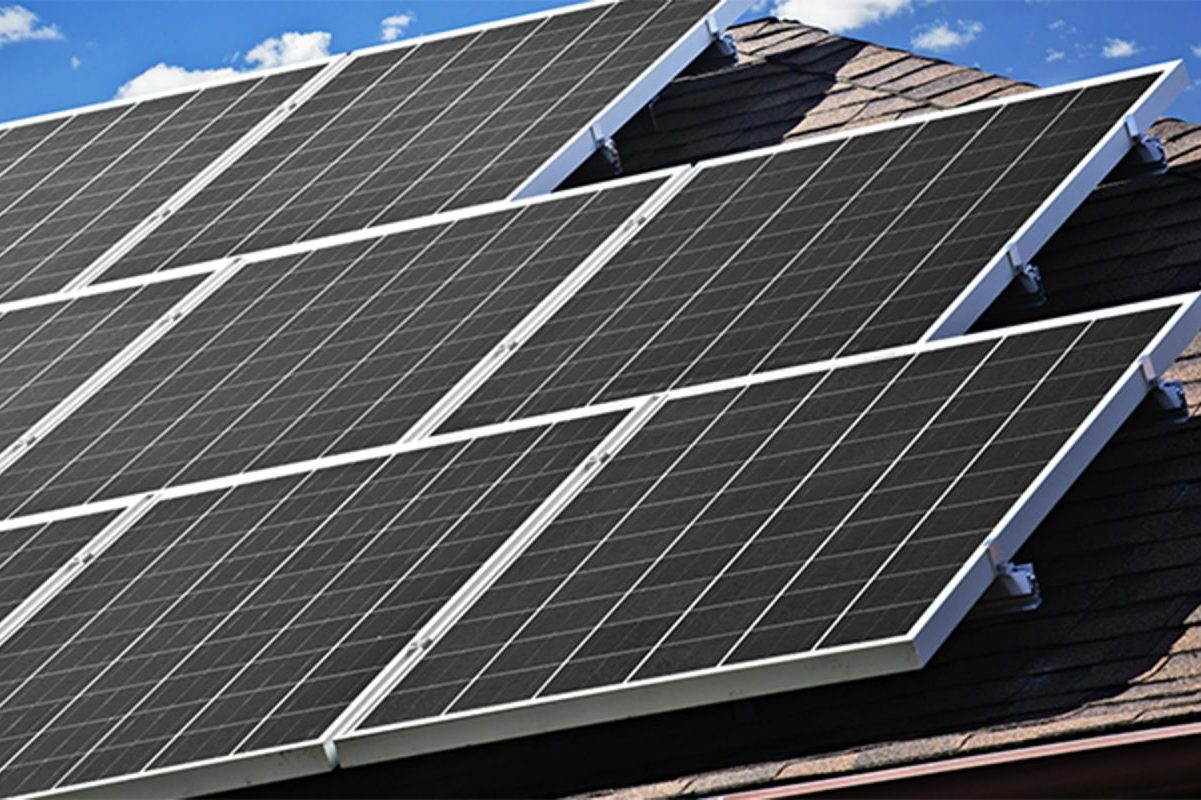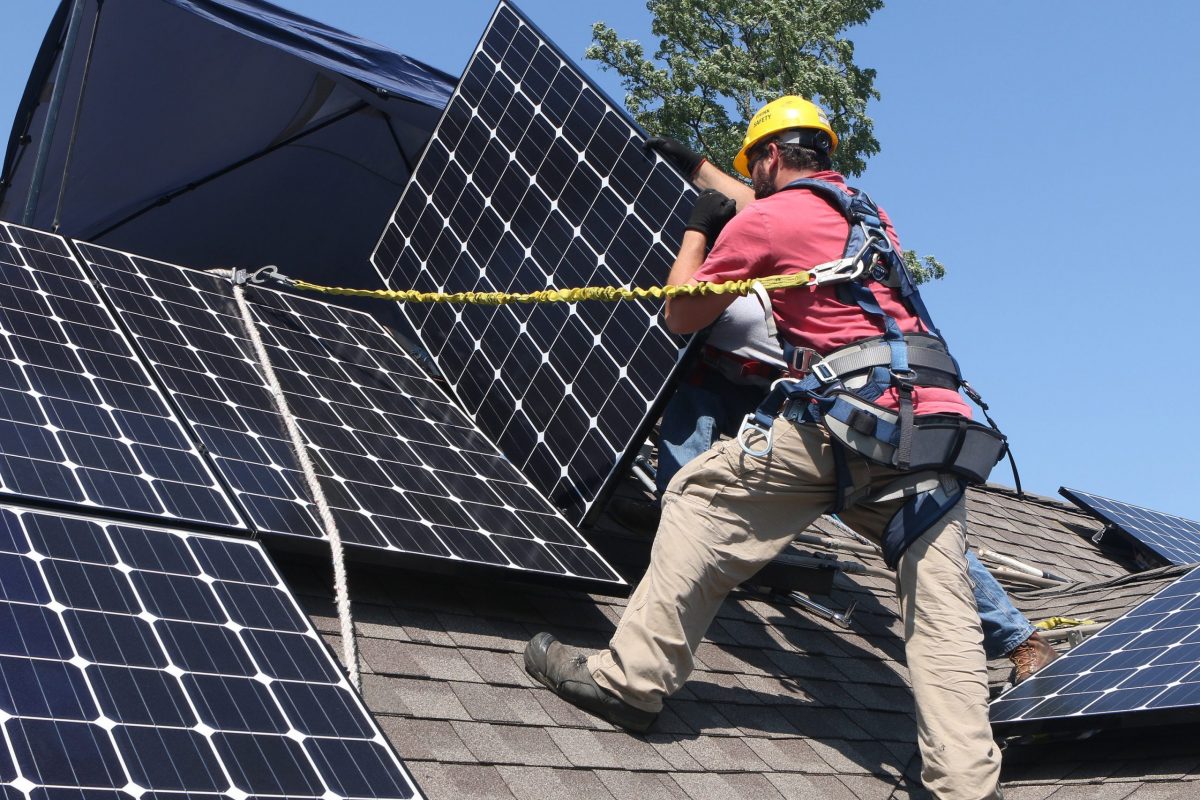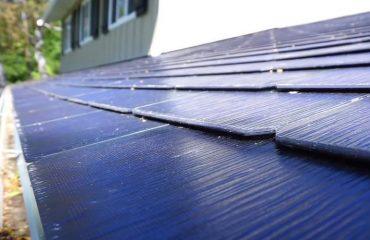Solar-powered parking lots represent a groundbreaking fusion of sustainable energy and practical infrastructure, transforming underutilized spaces into powerful clean energy generators. These innovative installations combine overhead solar panels with traditional parking functionality, creating dual-purpose areas that generate electricity while providing shade and protection for vehicles. As businesses and communities face mounting energy costs and environmental pressures, solar parking lots emerge as a smart solution that pays dividends in both environmental impact and economic returns.
The concept is brilliantly simple yet revolutionary: standard parking spaces are covered with elevated solar panel canopies, effectively turning vast expanses of asphalt into mini power plants. These installations not only generate significant renewable energy to power nearby buildings or feed back into the grid but also enhance the parking experience by protecting vehicles from harsh weather conditions. With the potential to reduce energy costs by up to 40% and create new revenue streams through excess power generation, solar parking lots are rapidly becoming a cornerstone of modern sustainable infrastructure development.
How Solar Parking Lots Work
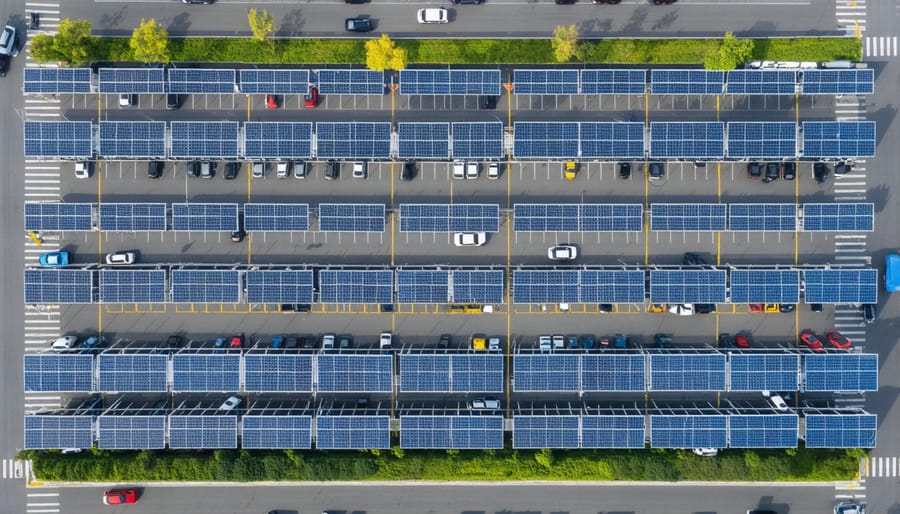
Solar Canopy Design
Solar canopies combine sturdy support structures with strategically placed solar panels to create functional, energy-generating shade coverage. The basic framework typically consists of steel or aluminum columns supporting a network of beams and rafters. These materials offer excellent durability while maintaining a sleek, modern appearance.
The panels are usually mounted at a slight angle (typically 5-15 degrees) to maximize sun exposure and allow for natural cleaning from rainfall. Most designs feature a minimum clearance height of 14 feet to accommodate larger vehicles and emergency vehicles when necessary.
Modern solar canopies often incorporate additional features like LED lighting, water management systems, and electric vehicle charging stations. The panel configuration can be customized based on the parking lot’s layout, with options for single, double, or multi-row coverage. Weather-resistant wiring channels are integrated into the structure, keeping electrical components protected while maintaining a clean appearance.
Some designs also include transparent panels in strategic locations, allowing natural light to filter through while still generating power.
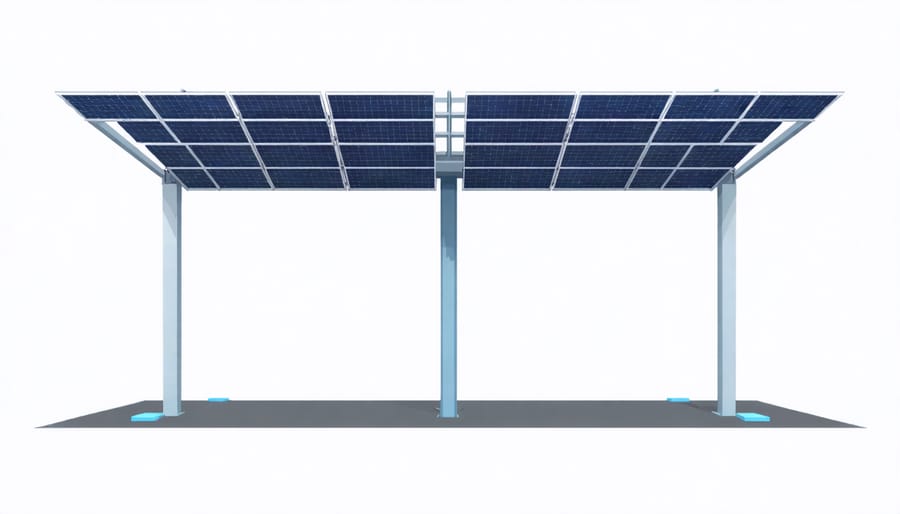
Energy Collection and Distribution
Solar-powered parking lots rely on sophisticated solar power infrastructure to collect and distribute energy efficiently. The system typically begins with high-efficiency photovoltaic panels mounted on canopy structures, which capture sunlight throughout the day. These panels connect to power inverters that convert the DC electricity into AC power suitable for general use.
The generated electricity flows through a central distribution system that can either power nearby facilities directly or feed into the local power grid. Many installations include smart meters and monitoring systems that track energy production and consumption in real-time. Battery storage systems are often incorporated to store excess energy for use during cloudy days or nighttime hours.
Most modern solar parking lots can produce enough electricity to power neighboring buildings while still maintaining charging stations for electric vehicles. Any surplus energy can earn property owners credits through net metering programs offered by utility companies, creating an additional revenue stream.
Benefits Beyond Energy Generation
Weather Protection
Solar-powered parking lots offer excellent protection for vehicles against harsh weather conditions. The overhead solar panels create a natural canopy that shields cars from direct sunlight, helping maintain cooler interior temperatures and protecting vehicle paint from UV damage. During rainy weather, these structures act as effective shelter, keeping vehicles dry and protecting passengers as they enter or exit their cars. In winter months, the solar canopy significantly reduces snow accumulation on vehicles, saving time and effort in snow removal. This dual-purpose design not only generates clean energy but also extends vehicle longevity by minimizing exposure to weather-related wear and tear. For businesses and property owners, this added protection can be a valuable selling point, enhancing the parking experience for customers and employees alike.
Property Value Enhancement
Installing solar-powered parking lots can significantly boost property values and enhance market appeal. Studies show that properties with solar installations typically see a 4-6% increase in value compared to similar properties without solar features. This translates to an average premium of $15,000 to $30,000 for commercial properties.
The presence of solar parking structures signals environmental responsibility and forward-thinking management, attracting environmentally conscious tenants and customers. These installations can be particularly appealing to high-end retail businesses and corporate tenants who prioritize sustainability in their brand image.
Beyond direct property value increases, solar parking lots can enhance the overall marketability of a property. Features like EV charging stations, covered parking, and energy independence make the property more attractive to potential buyers or tenants. This increased desirability often results in faster property sales and higher occupancy rates.
Additionally, properties with solar parking installations often qualify for various green building certifications, such as LEED, which can further increase property value and attract premium tenants who specifically seek sustainable facilities.
EV Charging Integration
Modern solar-powered parking lots seamlessly integrate EV charging stations, creating a perfect synergy between renewable energy generation and clean transportation solutions. These charging stations draw power directly from the overhead solar canopies, offering a sustainable way to fuel electric vehicles while they’re parked.
Most solar parking installations can support Level 2 charging stations, which provide a full charge in 4-8 hours – ideal for workplace parking or shopping centers. Some facilities also incorporate rapid DC charging capabilities, delivering up to 80% charge in just 30 minutes.
The smart integration systems automatically manage power distribution between multiple charging points, ensuring efficient energy use throughout the day. During peak sunlight hours, vehicles charge primarily using solar power, while grid connectivity provides backup during cloudy days or nighttime charging.
Property owners can choose from various charging station configurations, from basic single-port units to advanced multi-port stations with user authentication and payment systems. This flexibility allows for scalable solutions that grow with increasing EV adoption rates.
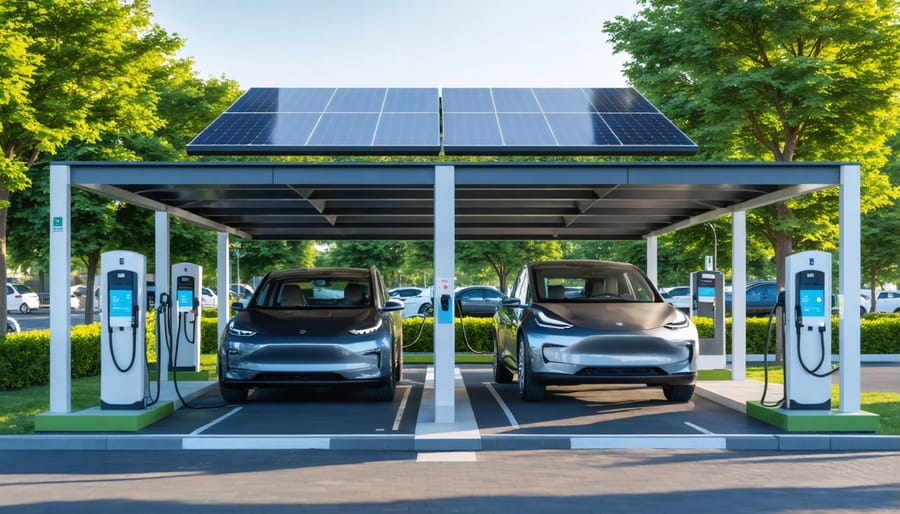
Cost Considerations and ROI
Initial Investment
The initial investment for a solar-powered parking lot typically ranges from $25,000 to $50,000 per parking space, depending on the size and complexity of the installation. This cost includes solar panels, mounting structures, inverters, and electrical components. For a standard 100-space parking lot, property owners can expect to invest between $2.5 to $5 million.
The largest portion of the cost goes toward high-quality solar panels and their supporting structures, which must be durable enough to withstand weather conditions while providing shade. Additional expenses include trenching for electrical connections, LED lighting systems, and smart monitoring equipment.
However, many property owners find these costs offset by available incentives. Federal tax credits can cover up to 30% of the installation costs, while state and local governments often provide additional rebates and grants. Some utility companies also offer special programs for commercial solar installations.
When planning your budget, it’s important to factor in professional installation costs, permits, and any necessary parking lot modifications. While the upfront investment may seem substantial, most installations pay for themselves within 7-10 years through energy savings and increased property value.
Long-term Savings
Installing solar-powered parking lots delivers substantial financial benefits over time. Property owners can expect significant solar energy cost savings through reduced electricity bills and lower maintenance costs. Most installations pay for themselves within 5-7 years, after which the energy generated is essentially free.
Federal tax incentives can cover up to 30% of the initial installation costs, while many states offer additional rebates and grants. Business owners can also benefit from accelerated depreciation programs, making the investment even more attractive from a tax perspective.
Beyond direct energy savings, these installations provide valuable shade that reduces vehicle cooling needs and extends pavement life by protecting it from sun damage. This translates to lower maintenance costs and extended infrastructure longevity. Many facilities also generate surplus power that can be sold back to the grid, creating an additional revenue stream.
The combination of reduced operating costs, tax benefits, and potential income generation makes solar-powered parking lots a smart long-term investment for property owners committed to sustainable practices.
Implementation Success Stories
Several notable solar parking lot installations across the United States demonstrate the real-world benefits of this technology. The Dell Children’s Medical Center in Austin, Texas, installed a 2.5-megawatt solar canopy system that covers 1,800 parking spaces, generating enough electricity to power approximately 250 homes annually while providing much-needed shade for visitors’ vehicles.
Cincinnati Zoo’s solar parking lot installation stands out as another remarkable success story. Their 6,400-panel array covers most of their main parking lot, producing over 20% of the zoo’s annual energy needs. During peak summer months, the installation sometimes generates more power than the zoo consumes, allowing them to sell excess electricity back to the grid.
Intel’s Folsom campus in California showcases how major corporations are embracing solar parking lots. Their installation covers 2,500 parking spaces and generates 5.5 megawatts of power. This project not only reduces the company’s carbon footprint but also provides employees with protected parking spaces and charging stations for electric vehicles.
Rutgers University demonstrates the educational potential of solar parking lots. Their 28-acre installation spans eight campus lots, generating 8 megawatts of power while serving as a real-world laboratory for engineering students. The project reduces the university’s energy costs by approximately $1.2 million annually.
These success stories highlight how solar parking lots can serve multiple purposes: generating clean energy, providing shade and weather protection, supporting electric vehicle infrastructure, and creating educational opportunities. Each installation demonstrates the technology’s versatility and practical benefits for different types of organizations.
Solar-powered parking lots represent a significant step forward in sustainable urban development, offering a practical solution that benefits both property owners and the environment. By transforming underutilized parking spaces into energy-generating assets, these installations provide clean electricity while creating comfortable, shaded parking areas for vehicles and visitors.
The advantages are clear: reduced energy costs, enhanced property value, protection for parked vehicles, and a smaller carbon footprint. With federal tax incentives, decreasing installation costs, and improving technology, there’s never been a better time to consider this investment in our sustainable future.
Whether you’re a business owner, property manager, or community leader, solar parking lots offer a tangible way to demonstrate environmental leadership while enjoying significant long-term savings. By implementing these systems, you’re not just creating covered parking – you’re participating in the clean energy revolution.
Take the first step today by consulting with local solar installers to explore how your parking area can become a powerful asset for both your property and the planet. The future of parking is bright, sustainable, and within reach.







